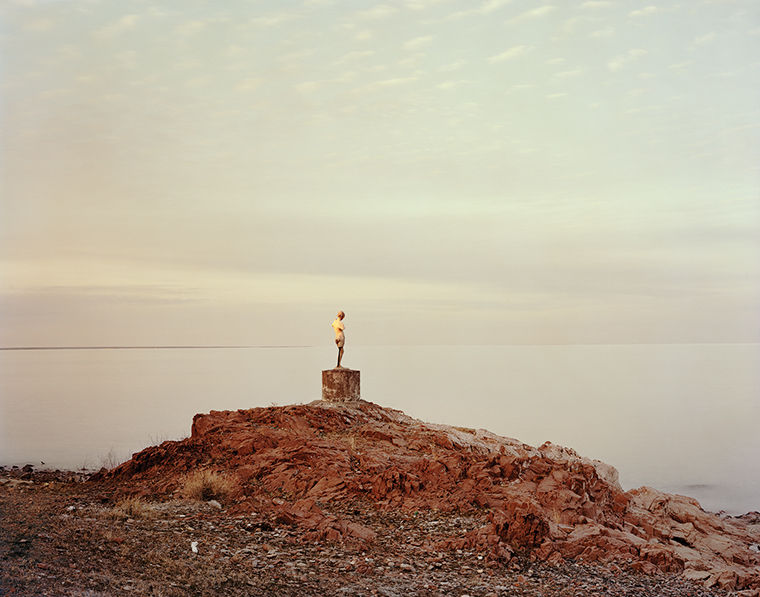‘Grace of Intention’ is photographic, monumental
Courtesy Museum of Contemporary Photography
Ruins like these represent the rise and fall of great human ideas, said Allison Grant, assistant curator and education coordinator at the Museum of Contemporary Photography.
October 19, 2015
“Grace of Intention,” an exhibit featuring photographs from eight international artists at the Museum of Contemporary Photography, 600 S. Michigan Ave., opened Oct. 15 and will continue through Dec. 23.
The collection on display explores the relationship between photography and architecture and the shifting meanings that monuments take on throughout time, according to John Lusis, assistant curator for the exhibit.
“Much like the way meaning can be ascribed to a photograph, meaning can also be ascribed to a built structure—particularly a monument,” Lusis said. “It can shift and change depending on the context [and] what happens to it.”
Lusis described the work of Jan Kempenaers, a Belgian photographer whose work is showcased at “Grace of Intention.” Kempenaers’ images document ruined remnants of socialist architecture. These are structures that once stood for technological progress are now symptomatic of failed modernist ideology, Lusis said.
In a similar vein, an image by London photographer Nadav Kander shows a sculpture of a female figure located on a nuclear test site in Kazakhstan. Once whole, the sculpture’s limbs have now decayed and fallen off.
“It’s an incredibly interesting picture because so many war monuments fail to reference the reality of the violence that has occurred,” Lusis said.
The MoCP is interested not only in photography, but also in the way images are captured and transition from one medium to the next, said Allison Grant, assistant curator and education coordinator at the MoCP.
“These images have an important influence on how we perceive the world,” she said. “They shape politics, cultural production [and] economic production.”
According to Grant, the MoCP was interested in housing “Grace of Intention” because, much like architecture, photography is a medium that appears static, but takes on new meanings as it is placed in different contexts.
“[Architecture and photography] are both defined by light, time and space,” Lusis added.
The exhibit was scheduled to coincide with the Chicago Architecture Biennial, a series of events that celebrate architectural, cultural and design innovations, Grant said.
“I like the variety of technique and study,” said Ryah Caskey, a high school student visting Columbia. “That’s the important power of photography. You have the power to change people’s perception of certain things.”
Caskey, a prospective student, had never visited the MoCP before but expressed strong interest in returning.
“I like to look at artwork to gauge how I can make myself better, and to gain new ideas and energy from the art,” she said.
As part of Columbia, the MoCP considers itself an educational institution, Grant added.
“We work with themes and concepts that can be applied in the classroom and help students to engage with the world around them,” she said.
According to Grant, every exhibit the MoCP presents revolves around a thesis, which ultimately strives to educate.
“More than ever before, we’ve seen a tremendous proliferation of images that are constantly calling out to us,” she said. “These images have an important influence on how we perceive the world.”
“Grace of Intention” opened at the MoCP on Oct. 15 and runs through Dec. 23 with free admission. An opening reception will be held on Oct. 23. Visit www.mocp.org for a complete program and more information.








